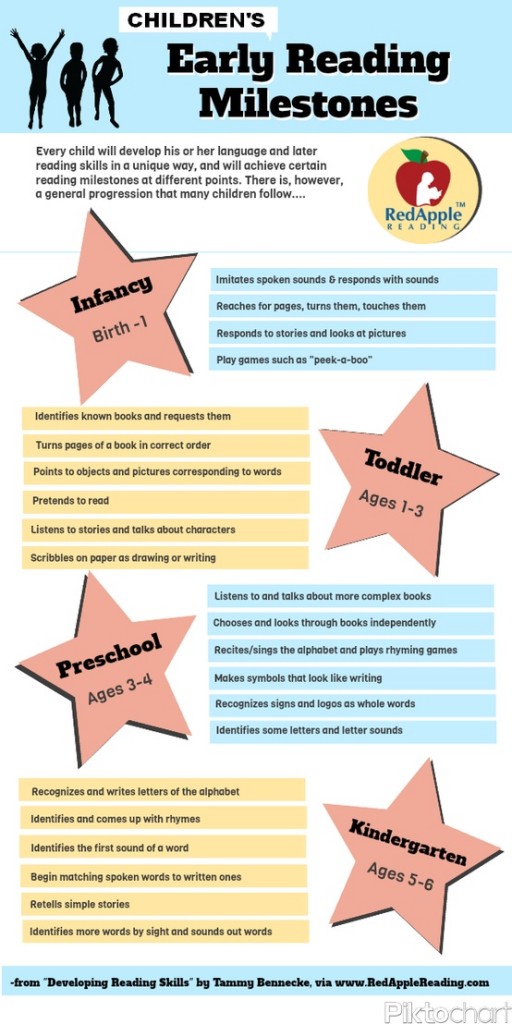Is It Possible to Stimulate a Baby’s Language Development? Yes! Try These Speech Therapy Activities
Yesterday, we covered a recent scientific study that explored the relationship between the ability of an infant to sit upright and his cognitive development. Being able to reach, grasp, and manipulate objects around the infant encourages his learning and growth. While it’s important to help your baby learn to sit upright, there are numerous other speech therapy activities you can do to encourage your baby’s early language development.
Importance of Encouraging Early Language Development
Many expectant parents are so eager for the arrival of their little bundle of joy that they painstakingly decorate every detail of the nursery, stock the closet with enough diapers to last until the apocalypse, and some may even start planning the contents of care packages and gifts for when the child enters college. It’s fun to think about all those little details, but while you’re looking up recipes for homemade baby food, don’t forget to think about the speech therapy activities you’ll use with your little one.
Speech therapy activities to encourage early language development help your little one learn more about the world around him and allow him to interact with it and with you. Keep an eye on milestone charts for infant development – the American Speech-Language-Hearing Association (ASHA) has a great chart for language – but don’t worry if your child doesn’t follow it strictly. If you do suspect that there might be a language delay; however, have him evaluated by a speech-language pathologist (SLP).
Speech Therapy Activities in Your Daily Routine
There are countless small ways that you can work speech therapy activities into your daily routine with your baby. First and foremost, talk to him constantly and respond to him when he attempts to communicate with you. Ignore the fact that he can’t understand the words yet; walk him through the steps of changing his diaper, talk about the movie you just watched, or discuss the latest issues with Congress and the fiscal cliff. Try to speak to your baby with varying patterns and emphasis on different words and sounds. Use exaggerated facial expressions and change the pitch, tone, and volume of your voice. As well, repeat sounds like “ma,” “ba,” and “da” to encourage your baby to mimic you.
Incorporate gestures into your speech. Wave goodbye when saying “bye, bye,” blow kisses when saying “I love you,” and hold your nose when saying “Pew-yew!”
Introduce counting to your baby. Say, “There’s one red car, two red cars, three red cars!” Introduce animal sounds as well. If you see a dog, point it out to your baby and say, “The dog goes ‘Woof! Woof!’”
Gradually, your baby will begin to associate certain words with their meanings. Encourage him to point to a ball when you name that object, and so on. When you read to your baby (and remember to set aside regular reading time every day), point out objects in the pictures and name them.
Speech Therapy Activities: Games
Play games with your baby to encourage language development. Infants are particularly drawn to singing and rhyming. Sing silly songs and rhymes and reinforce them with gestures. For example, make a game out of naming body parts. Sing, “These are your toes and these are Mama’s toes” while tapping the appropriate toes with your finger. As well, use clapping to emphasize the rhythms of songs.
Play games with bubbles. While you blow the bubbles, use fun, descriptive words like “Up, up, up goes the bubble! Pop, pop, pop goes the bubble!”
Play another blowing game with light objects, such as cotton balls. (Just remember to never leave them around your child while he’s unattended, as they’re a choking hazard.) Arrange the cotton balls in front of the two of you and show your baby how you can blow them with your breath. Show him the rounded position of your lips and gently manipulate his lips to help him achieve it. Blowing the cotton balls can help him learn to forcefully expel air to produce sounds.



